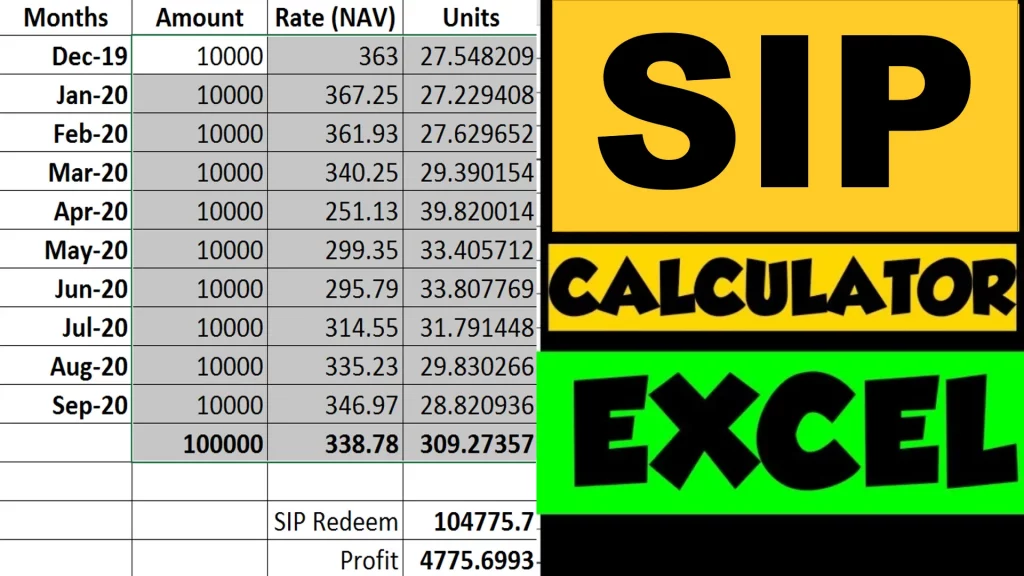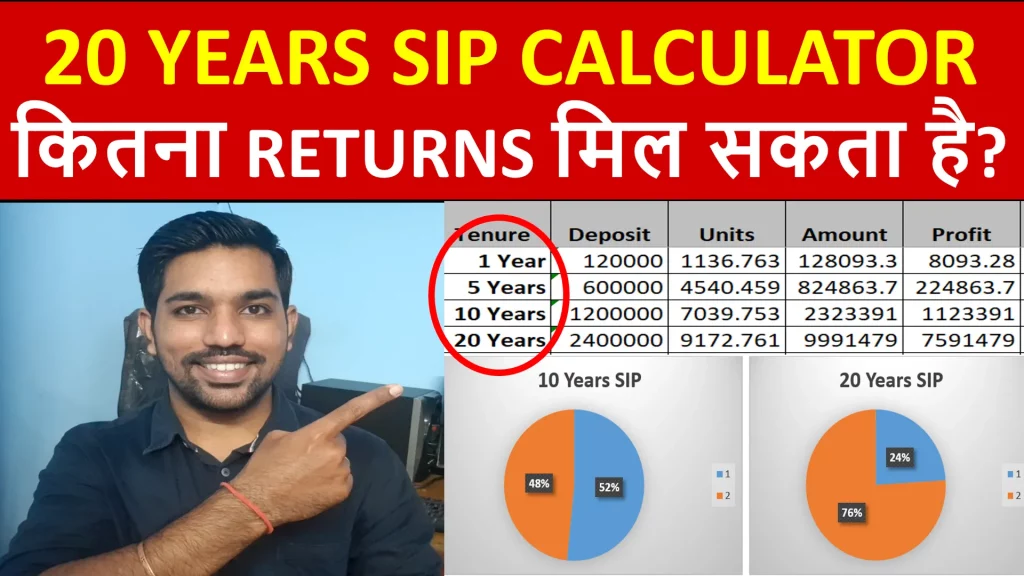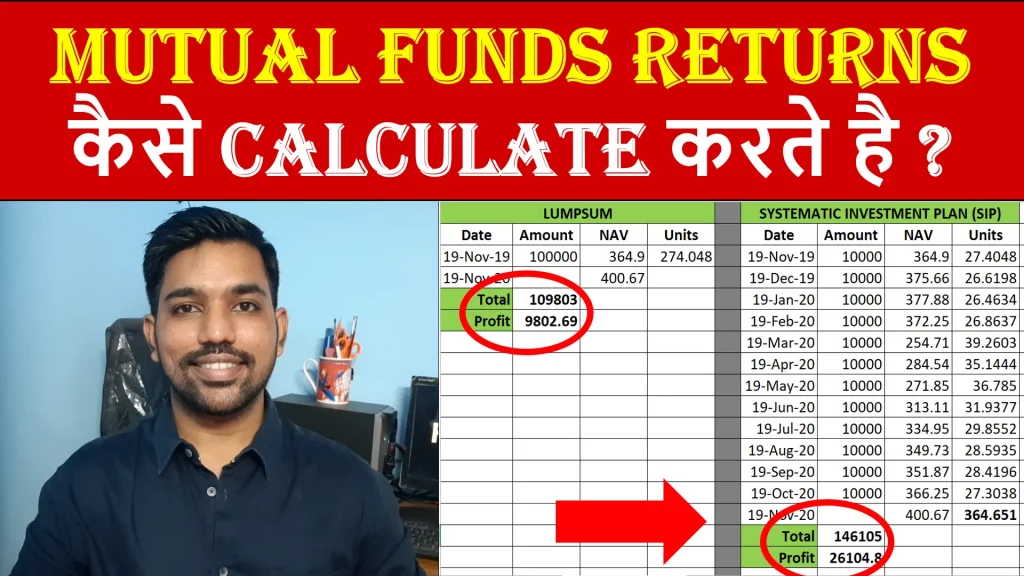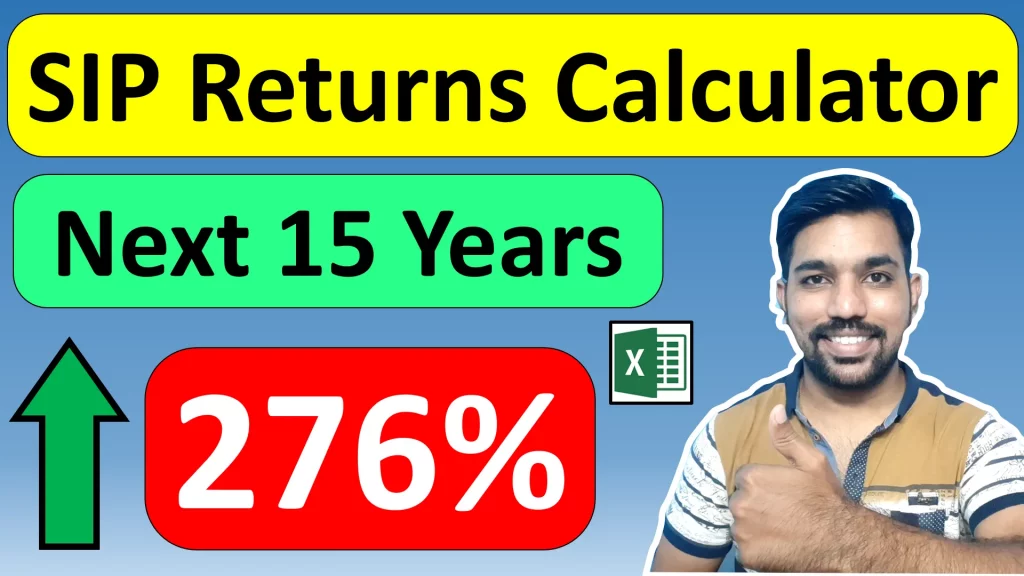The categories of mutual funds you can invest in either belongs to open ended or closed ended mutual funds. The main difference between open ended and closed ended mutual funds is liquidity and the way we invest in these funds. Open-Ended Funds allow investors to buy or redeem units anytime at the current NAV of mutual fund. Closed-Ended Funds: Have a fixed maturity and limited subscription period; units are traded on stock exchanges. Some closed ended funds after maturity gets either gets converted to open ended fund or the assets are allocated to existing open ended fund after taking investor’s consent.
Let us understand more about open ended and closed ended mutual funds in detail.
- What are open Ended mutual funds?
- Advantages of Open Ended Mutual Funds
- Disadvantages of Open Ended Mutual Funds
- What are Closed Ended Mutual Funds?
- Advantages of Closed Ended Mutual Funds
- Disadvantages of Closed Ended Mutual Funds
- Difference between Open Ended and Closed Ended Mutual Funds
- How Do These Funds Work?
- Conclusion
- Frequently Asked Questions
What are open Ended mutual funds?
- Open ended mutual funds are the most common category of funds where the fund is open or available for buying and selling anytime you want
- You can invest via SIP (Systematic Investment Plan) or Lump sum investment in open ended mutual funds
- Open ended mutual funds are liquid in nature since you can withdraw the funds anytime you want and there is no maturity period unlike closed ended mutual funds
- Some of the examples of open ended mutual funds include HDFC Index Fund Sensex Plan, ICICI Prudential bluechip fund, Mirae Asset Emerging Bluechip fund, etc.
- While analyzing mutual funds, you can check whether it dalls under open ended or closed ended mutual fund
ALSO READ: All Types of Mutual Funds in India
Advantages of Open Ended Mutual Funds
There are multiple advantage of open ended mutual funds
- Liquidity: Since open ended mutual funds can be bought and sold anytime, these funds are liquid in nature – which means you can sell the mutual fund units anytime you want based on your requirements. It helps you to achieve your goals before time if wealth accumulation is complete
- Systematic Investment: You can also invest systematically using SIP, in which case you invest in open ended mutual fund every month based on your financial goal tenure. And once your goal is complete, you can redeem or withdraw the mutual fund units
Disadvantages of Open Ended Mutual Funds
There are certain disadvantages of open ended mutual funds listed below:
- Asset Composition: The underlying stocks or Assets are selected by fund manager and investors cannot say much about the Asset composition that must be present in these mutual funds, which is another limitation
Use SIP calculator to check mutual fund returns:

What are Closed Ended Mutual Funds?
- Closed ended mutual funds are the category of funds that are available for buying only during specific time frame like during NFO (New fund offering) launch
- These funds are not available for active buying and selling like open ended funds
- Closed ended funds have a lock in period after which you can redeem the mutual fund units for returns
- Since the maturity period of closed ended funds can be long term, you stay invested in these funds for long term and get better returns
- Some closed ended funds either get converted to open ended funds after lock in period or the assets get allocated to existing open ended fund, to be available for active buying and selling of these funds, only after taking consent from existing investors
- Due to lock in period, closed ended funds are not liquid in nature
- The track record of these funds are not available for performance overview purpose
ALSO READ: What is Equity Mutual Funds, Features and Benefits
Advantages of Closed Ended Mutual Funds
Below are some of the advantages of closed ended mutual funds
- Stable Assets: Since close ended mutual funds allow buying and selling only during specific time frame, the fund manager gets the opportunity to allocate the assets to required underlying stocks over long term
- Long Term Goals: You can achieve your long terms goals with closed ended mutual fund by staying invested up to the lock in period of these funds
Disadvantages of Closed Ended Mutual Funds
Below are some disadvantages of closed ended mutual funds:
- Liquidity: Closed ended mutual funds are not liquid in nature, which means you cannot withdraw from these funds even when you need them, due to their lock in period
- Lump sum Investing: These funds allow only lump sum investing during the fund launch. You cannot make systematic investments in these funds every month to gradually move towards your financial goal. This lump sum investing can make your investment risky over short term
ALSO READ: What is ELSS Mutual Funds to Save Income Tax
Difference between Open Ended and Closed Ended Mutual Funds
Let us now see the comparison and Difference between Open Ended and Closed Ended Mutual Funds in below table:
| Factors | Open Ended Mutual Funds | Closed Ended Mutual Funds |
|---|---|---|
| Subscription | Continuous | Limited (during NFO only) |
| Redemption | Anytime at NAV | Only at maturity or via stock exchange |
| Liquidity | These funds can be sold anytime you want based on your requirements, hence they are liquid in nature | These funds have a lock in period during which they cannot be sold, hence they are not liquid |
| Track Record | The track record of these funds are available for performance overview purpose | Track record of closed ended mutual funds are not available |
| Ways to Invest | You can either invest via SIP or lump sum investment, since these funds are available for buying anytime | Only lump sum investing is allowed since the buying period is specific during a time frame, like NFO |
| Rupee Cost Averaging | Since you can invest in open ended funds via SIP, you get the benefit of rupee cost averaging by investing every month | Closed ended fuds do not five benefit of rupee cost averaging due to lump sum investing |
| Investment Amounts | You can start investing with small amount like Rs. 500 or Rs. 1000 | The minimum amount in closed ended fund can be Rs. 5000 or more |
These are some of the Differences between Open Ended and Closed Ended Mutual Funds.
How Do These Funds Work?
Open-Ended Funds:
- Investors can enter or exit anytime
- Ideal for long-term and short-term goals with flexibility
Closed-Ended Funds:
- Investors subscribe during NFO
- Units are traded on exchanges post-NFO
- Suitable for disciplined, long-term investors
Conclusion
Open ended mutual funds are available for buying and selling anytime you want based on your requirements, where as closed ended mutual funds can be bought only during specific time frame like in NFO launch and have a lock in period associated with it.
You can invest via SIP or lump sum in open ended funds, but closed ended funds only allow lump sum investing.
Open ended vs closed ended fund, which is better for you? Depends on your financial goals. If you can make lump sum investing and do not need these funds for next 5 to 7 years, you can go for closed ended funds and lock them for these many years, but if you are just getting started with investing, than open ended funds will be suitable for so that yo can invest via SIP and learn from these funds after seeing their track records over a period of time.
Some more Reading:
- What is Liquid Mutual Funds, Features and Benefits
- Fixed Maturity Plan Mutual Funds Explained
- What is Capital Protection Mutual Funds
Frequently Asked Questions
What is the main difference between open-ended and closed-ended mutual funds?
Open-ended funds allow continuous buying/selling at NAV, while closed-ended funds have a fixed maturity and are traded on exchanges.
Can I invest in closed-ended funds anytime?
No. You can invest only during the New Fund Offer (NFO) period or buy units from the stock exchange.
Which is better for SIPs?
Open-ended funds support SIPs and rupee cost averaging. Closed-ended funds typically do not.
Are open-ended funds more popular in India?
Yes. Over 90% of mutual fund AUM in India is in open-ended schemes.
What is open ended fund with example?
Open ended fund is the mutual fund category that is available for buying and selling anytime you want. You can withdraw from these funds based on your requirement, unlike closed ended funds that have lock in period on investments. Some examples of open ended fund include HDFC Index Fund Sensex Plan, ICICI Pridential Bluechip fund, Mirae Asset Emerging bluechip fund, and many other that are open for subscription anytime you want to buy them.
Is SIP possible in open ended funds?
Yes SIP is possible in open ended mutual fund since they are open for buying every time. Closed ended mutual fund do not allow SIP since they are open for buying only during specific time frame.
Are open-end funds active or passive?
Most open ended funds are actively managed by fund managers, which means they are actively analyzing underlying stocks to buy or sell them to maximize your returns. But there are some open ended funds, like index mutual funds which are passively managed as well, by investing only in indices like sensex and nifty index.
Save Home Loan Interest Amount!
Use Home Loan Excel Calculator that will help you to Save Interest Amount on Home Loan EMI.
Click below button to download Home Loan EMI and Prepayment Calculator in Excel:
Watch how Home Loan Calculator in Excel Works
Income Tax Calculator App – FinCalC
For Income Tax Calculation on your mobile device, you can Download my Android App “FinCalC” which I have developed for you to make your income tax calculation easy.
What you can do with this mobile App?
- Calculate Income Tax for FY 2025-26 and previous FY 2024-25
- Enter estimated Investments to check income tax with Old and New Tax Regime
- Save income tax details and track regularly
- Know how much to invest more to save income tax
- More calculators including PPF, SIP returns, Savings account interest and lot more

Use Popular Calculators:
- Income Tax Calculator
- Home Loan EMI Calculator
- SIP Calculator
- PPF Calculator
- HRA Calculator
- Step up SIP Calculator
- Savings Account Interest Calculator
- Lump sum Calculator
- FD Calculator
- RD Calculator
- Car Loan EMI Calculator
- Bike Loan EMI Calculator
- Sukanya Samriddhi Calculator
- Provident Fund Calculator
- Senior Citizen Savings Calculator
- NSC Calculator
- Monthly Income Scheme Calculator
- Mahila Samman Savings Calculator
- Systematic Withdrawal Calculator
- CAGR Calculator
I’d love to hear from you if you have any queries about Personal Finance and Money Management.
JOIN Telegram Group and stay updated with latest Personal Finance News and Topics.
Download our Free Android App – FinCalC to Calculate Income Tax and Interest on various small Saving Schemes in India including PPF, NSC, SIP and lot more.
Follow the Blog and Subscribe to YouTube Channel to stay updated about Personal Finance and Money Management topics.





